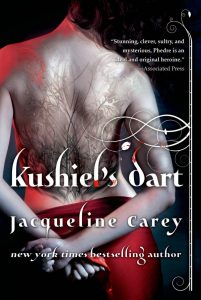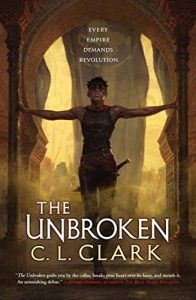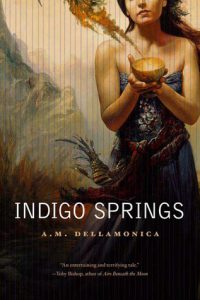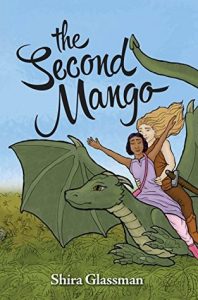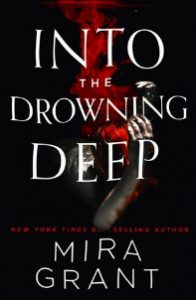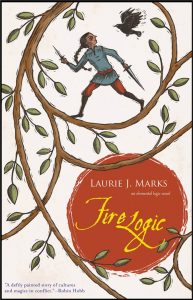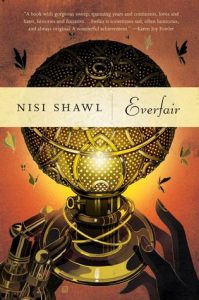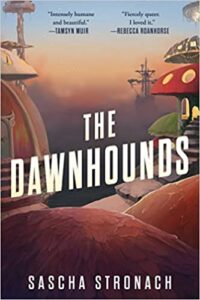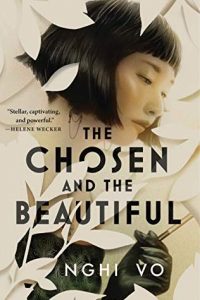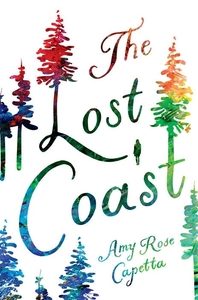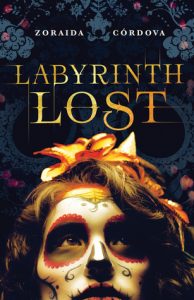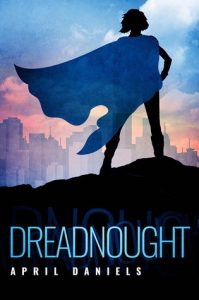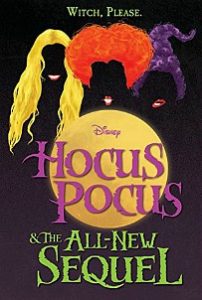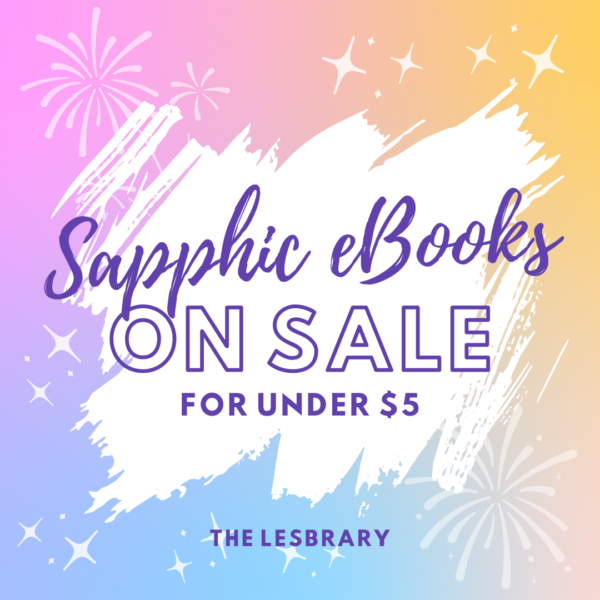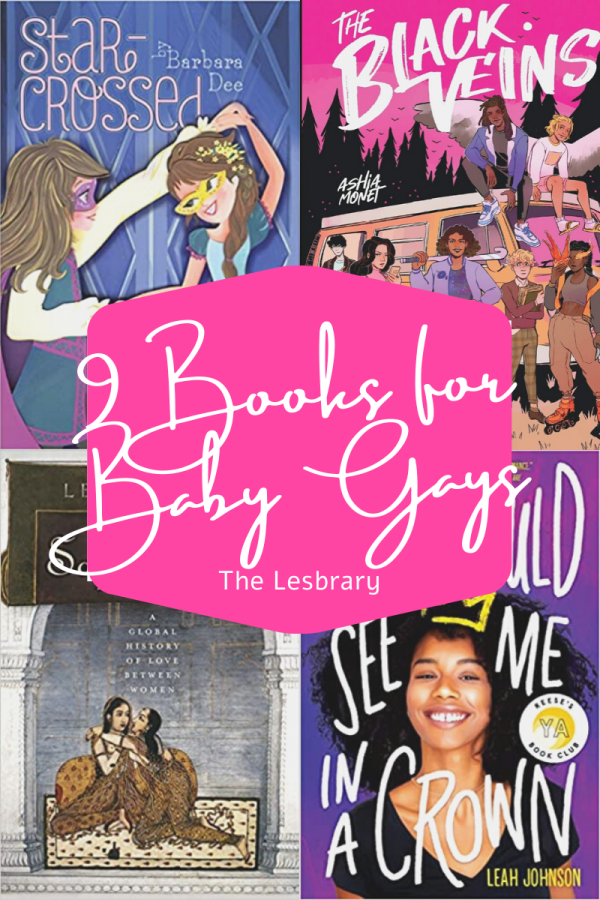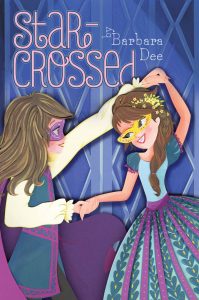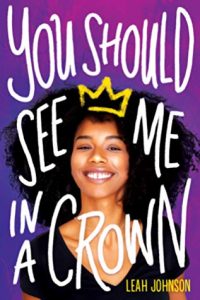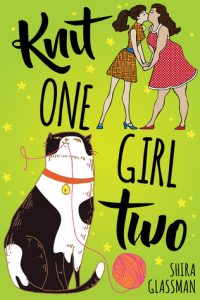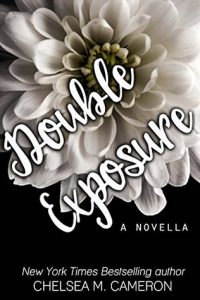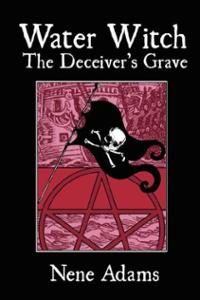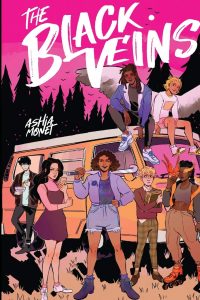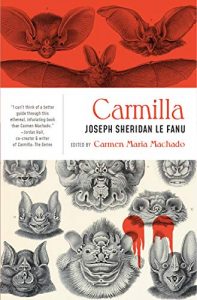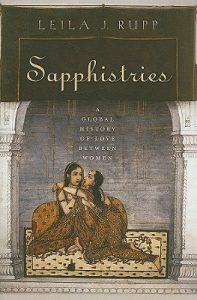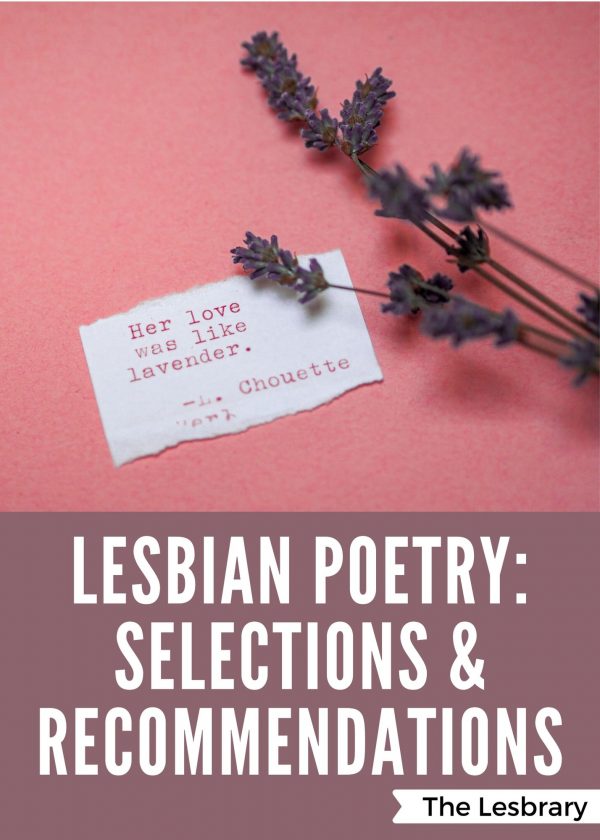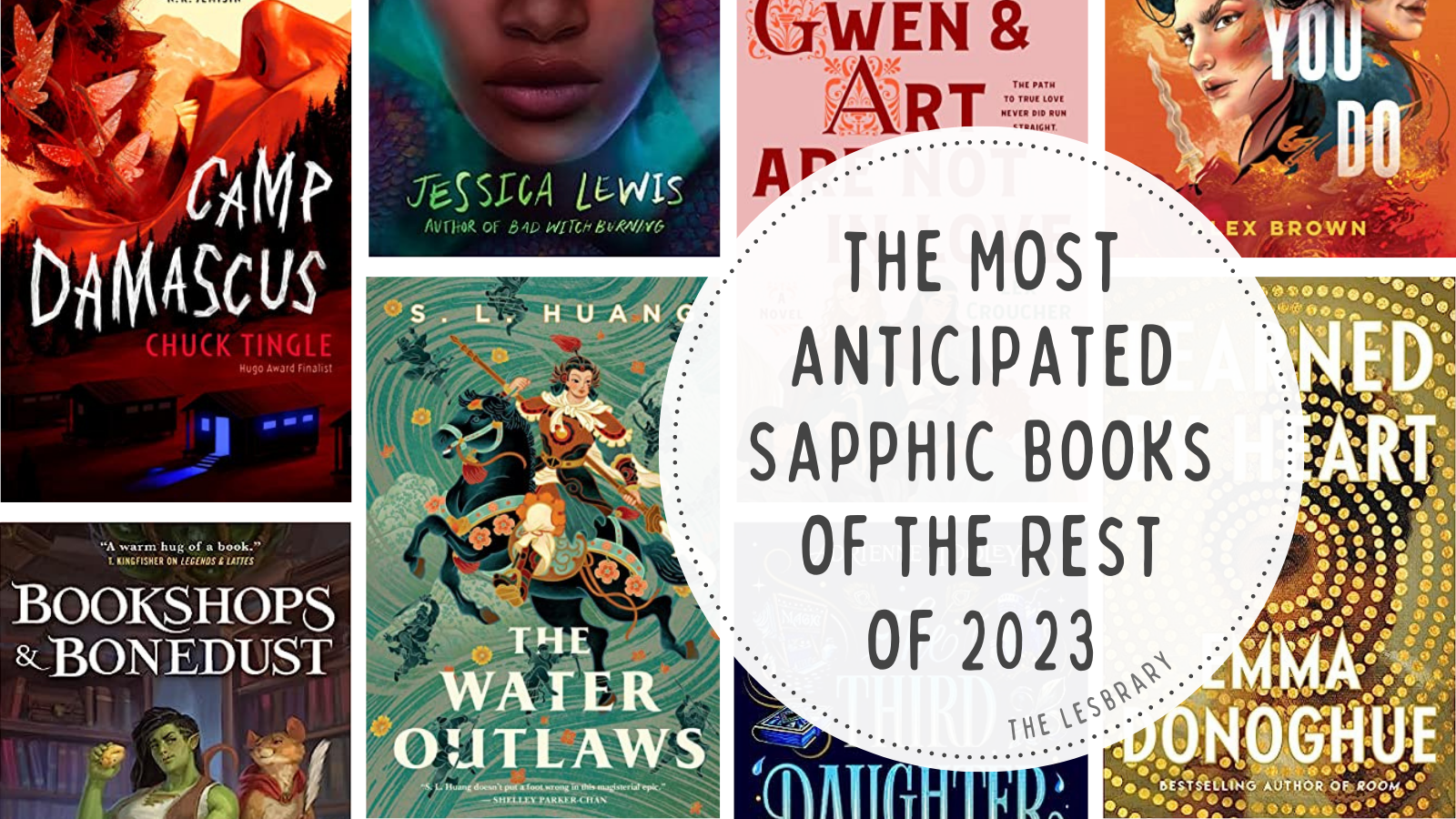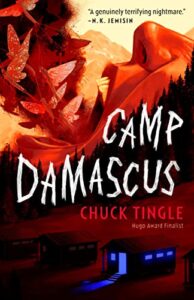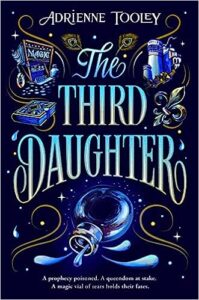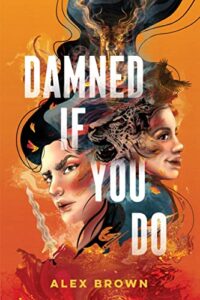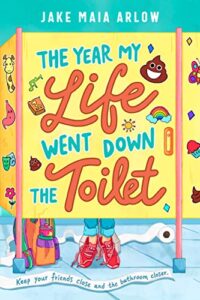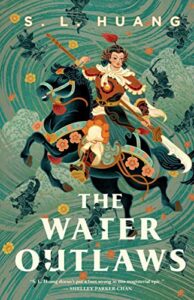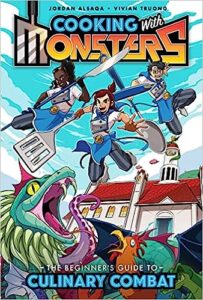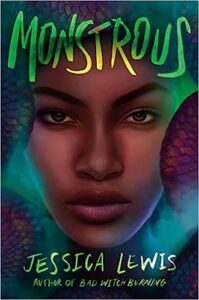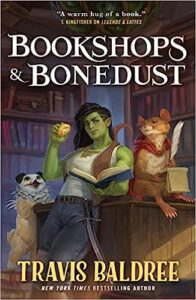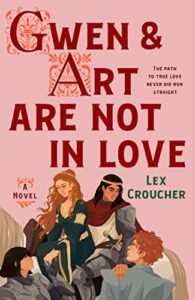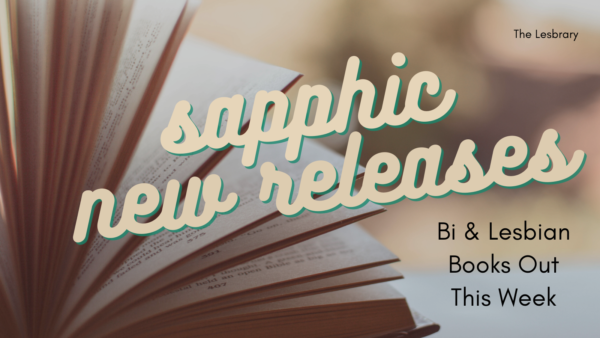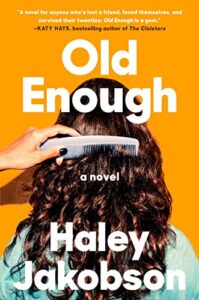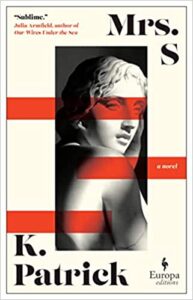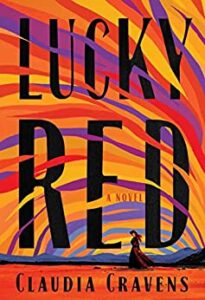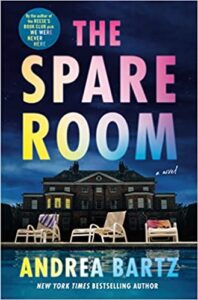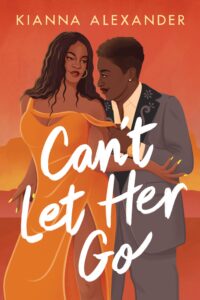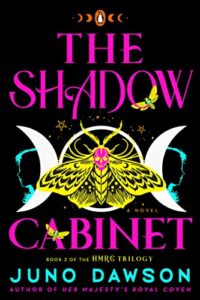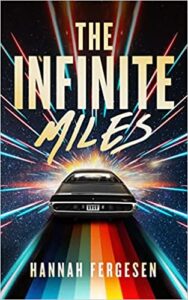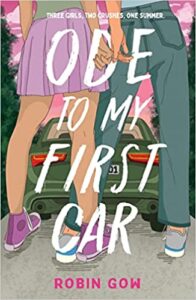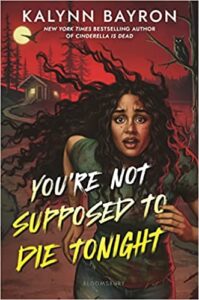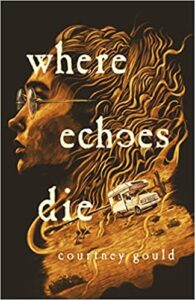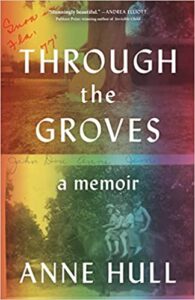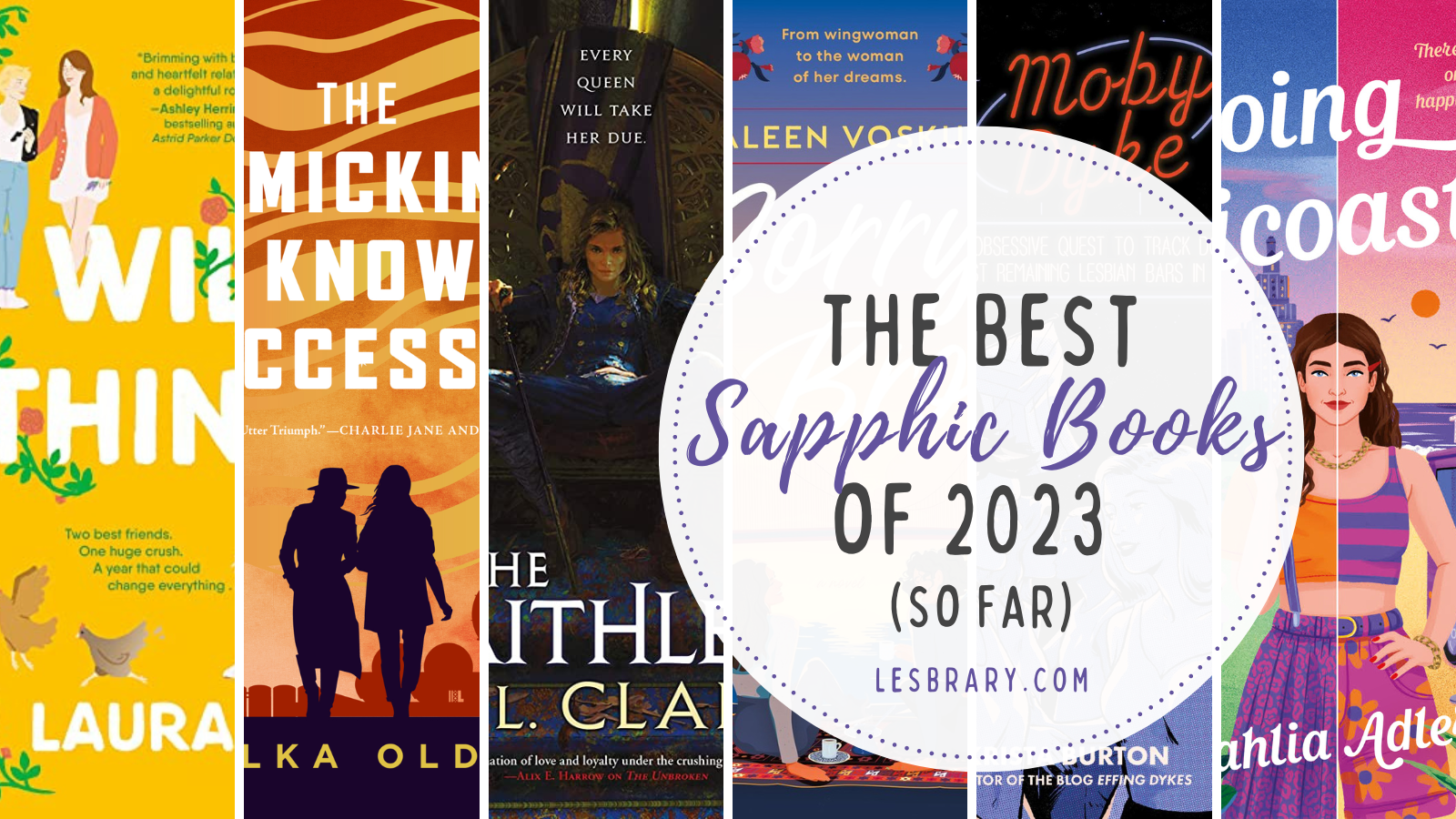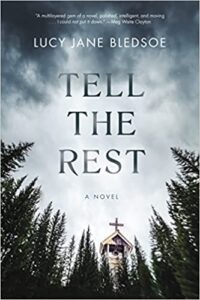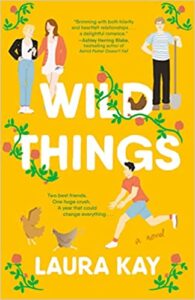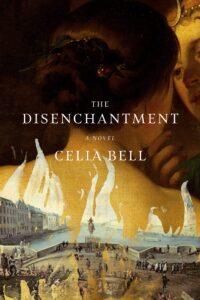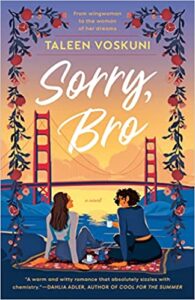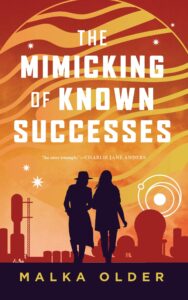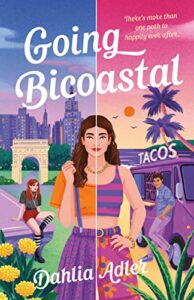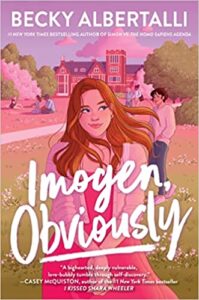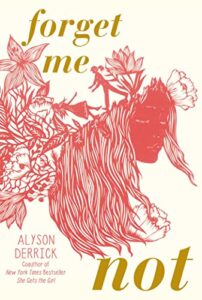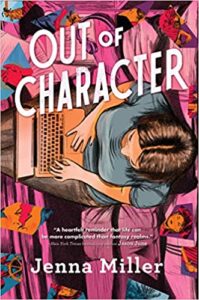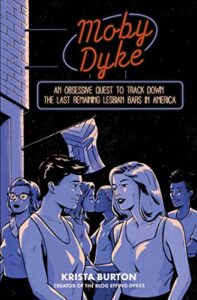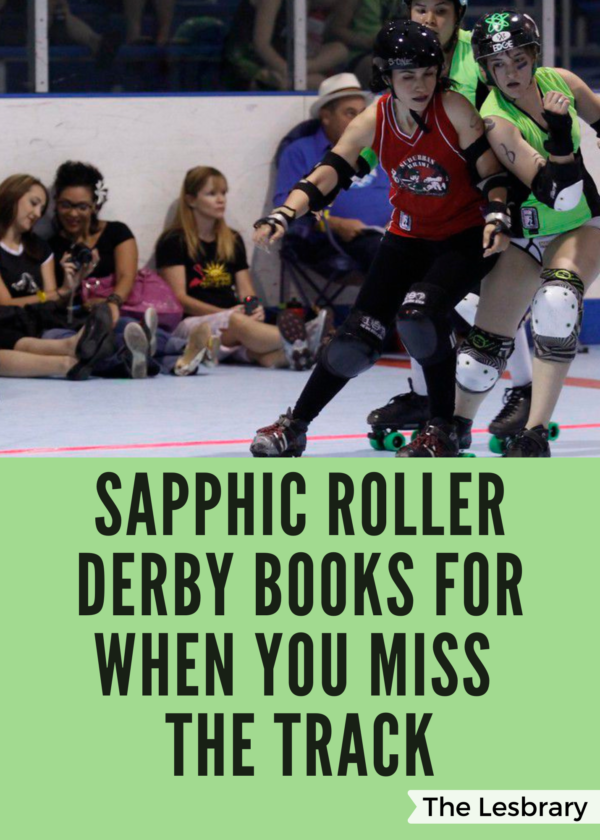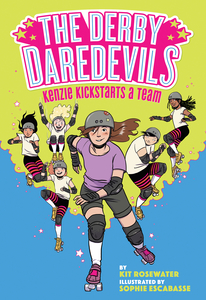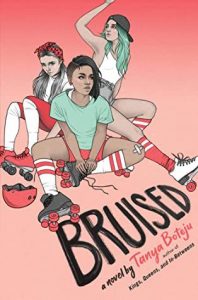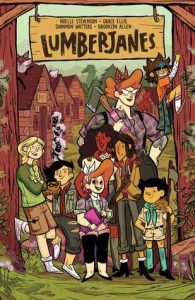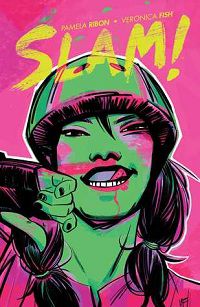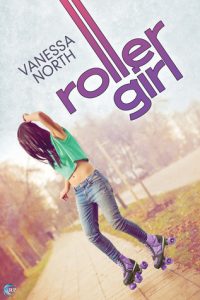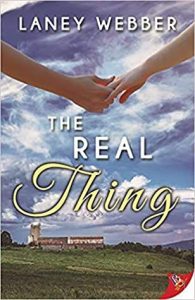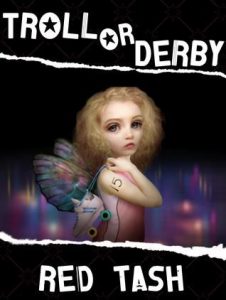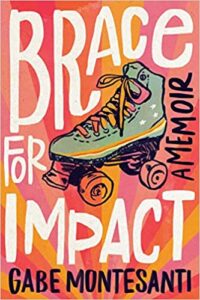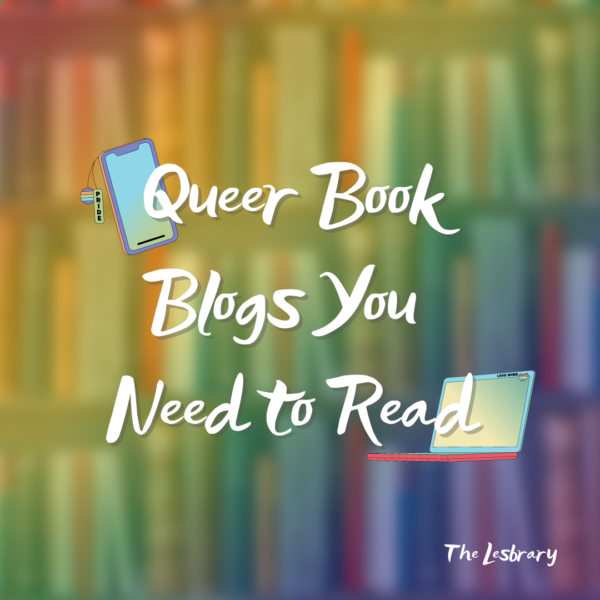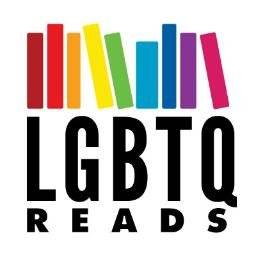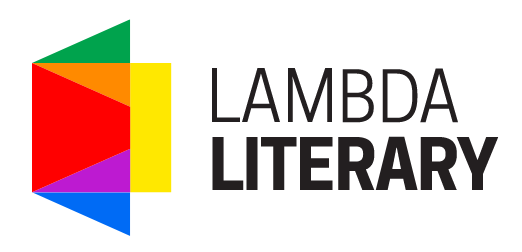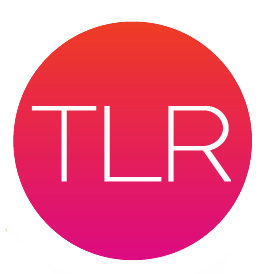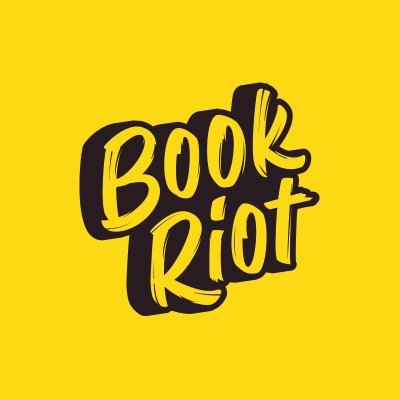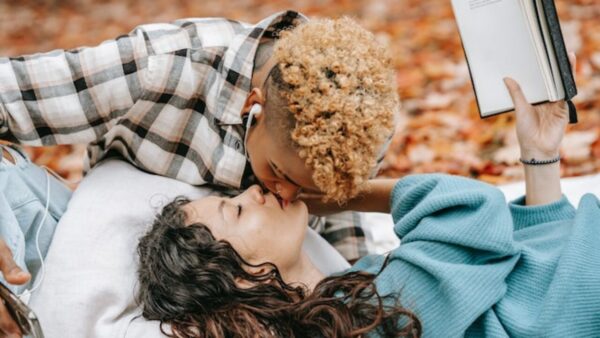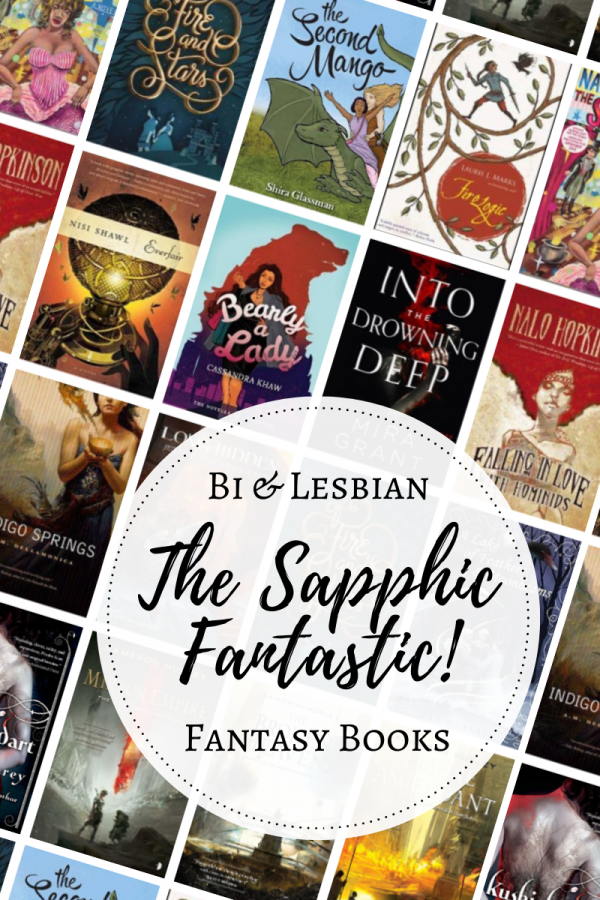
In my time in the queer lit blogosphere, I’ve noticed that one of the categories that readers seem to be wanting for the most is sapphic fantasy books. And why not? Who wouldn’t want to read a book about a lesbian hobbit, or a pansexual lady knight, or a bisexual woman and her dragon? Clearly that’s an awesome set-up for a story. But although plenty of queer women fantasy books exist, there seems to be some difficulty connecting them with the readers looking for them.
Although I don’t read a ton of fantasy books, my passion for queer women books has led me to many sapphic fantasy books that I have loved. Here are some of my favourites, though by no means an exhaustive list!
Kushiel’s Dart by Jacqueline Carey
Kushiel’s Dart by Jacqueline Carey is not what I would call a light read. It’s 900 pages and packed with politics, religion, and BDSM sex–it’s tastefully done, I think, but that’s a big part of the novel. Phèdre is Servant of Naamah: a sex worker, a profession that is semi-spiritual and respected in this world. She also uses this to glean political information from her clients, who are both men and women. Although most of her relationships are with men, I would argue the most intense relationship she has is with another woman.
Check out my full review here.
The Unbroken and The Faithless by C.L. Clark
This is a thought-provoking, complex book about two figures that end up on opposite sides of a colonialist occupation. Luca is a Balladarian (white) disabled princess trying to wrest back control of the throne by showing her worth in occupying Qazāl. Touraine is Qazāli (Black), but she was taken out of the empire to be brought up as a Balladarian soldier. Touraine briefly works for Luca before ending up on the other side of the war, but their limited interaction sparks a relationship between them that is as compelling as it is unhealthy.
Luca and Touraine are both deeply flawed, and we see the catastrophic consequences of their actions. This is a brutal, often bleak story that left me feeling wrung out… but I couldn’t stop thinking about it, and I ended up enjoying the second book in the trilogy even more than the first. I can’t wait until the last book comes out!
Check out my full review here.
The Book Eaters by Sunyi Dean
This dark fairy tale is part fantasy, part horror novel. It follows Devon, a book eater, who is part of one of the aristocratic houses of book eaters (think vampires, but they eat books instead of drinking blood). When we meet her, she’s on the run with a mind eater child. She’ll stop at nothing to keep Cai safe–including finding people for him to feed on, leaving them either dead or robbed of their memories and senses. Her only hope is to find the secretive house creating a drug that stops mind eaters from having to feed on minds to stay alive.
This is an unsettling read that also has a lot to say about gender. There is a minor romantic subplot with another woman, but the focus is really on Devon’s relationship with her son.
Check out my full review here.
Indigo Springs by A.M. Dellamonica
Indigo Springs is set in our world, but one that has been contaminated by magic. We begin the book knowing the devastation this magic will wrought, then skip backwards to see how events unfold.
The main character is bisexual, and somehow this book managed (to me) to pull off a love triangle. I found the environmentalism aspect to this really interesting, and though I didn’t like the sequel as much, I really enjoyed this one.
Check out my full review here.
The Mangoverse series by Shira Glassman
I would be remiss to make a sapphic fantasy list without including the Mangoverse series by Shira Glassman. Beginning with The Second Mango, this is set in a Jewish fantasy world and includes a whole range of diverse representations, including a demiromantic character.
I’ve only read the first book so far, but I’ve heard they only get better from there. This was such a fun read.
Check out my full review here.
Into the Drowning Deep by Mira Grant
Seven years ago, the ship Atargatis went to the Mariana Trench to make a mockumentary about mermaids. Unexpectedly, they seemed to find them! Unfortunately, the “mermaids” were deadly, and no one on the ship survived. Only a bit of footage shows what happened to them, and it’s believed to be faked. Now, another ship is being sent to follow up and find out what really happened.
The book begins with a large cast, including a bisexual main character (and an f/f romance), Deaf characters, and autistic characters.
This does get pretty grisly, so do go in expecting some horror element, but I didn’t find it scary.
Check out my full review here.
Spear by Nicola Griffith
This follows an unnamed (at least, at first) main character raised in isolation, closely connected to nature, who disguises herself as a man and sets off to become a knight of King Artos’s court. This is a lofty goal for a girl in scavenged armor riding a bony horse, but she knows it’s her destiny. While I enjoyed the whole book, I thought the section that takes place at King Artos’s court is the most interesting—it’s probably not a coincidence that this is also the part when the book becomes even more queer, including an enthralling f/f love story. I found Spear a little tricky to get into because of all the Welsh names/terms, but it’s well worth hanging in there. These is a small book that packs a big punch!
Check out my full review here.
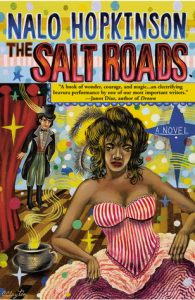
The Salt Roads by Nalo Hopkinson
Nalo Hopkinson’s books are always a trip, and The Salt Roads is no exception. This book bounces between different POV characters and time periods, all bound together by their relationship to the goddess Ezili. This has a focus on racism, colonialism, and slavery while also including several queer characters. The Salt Roads isn’t linear, and you get rocketed from place and to place while also jumping through time, but it’s fascinating and compelling throughout.
Check out my full review here.
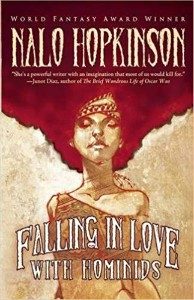
Falling in Love With Hominids by Nalo Hopkinson
I’m cheating and putting in another Nalo Hopkinson book, even though only the novella has f/f content! Falling In Love With Hominids is worth reading for the novella alone, but this collection as a whole is one of my favourite books I’ve ever read. (And there is other queer content, just not f/f.) “Ours Is the Prettiest” is a Borderlands series, which means it shares characters and a setting with other authors. It also has an interesting look at a queer community and the complex, multi-layered relationships between everyone involved.
Check out my full review here.
—–
If you find posts like this useful, help us keep the lights on by supporting the Lesbrary on Patreon or Ko-Fi. $2 and up Patreon supporters get entered into a queer book giveaway every month!
—–
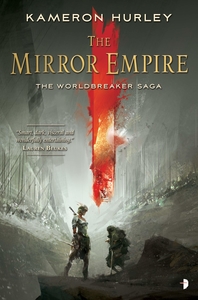
The Worldbreaker Saga by Kameron Hurley
The Worldbreaker Saga is a brutal, brilliant series. It is emphatically queer: it examines gender and sexuality from multiple angles, polyamorous configurations of genders are the norm for relationships, there are multiple nonbinary point of view characters, and the main character is attracted to women. It boasts a huge cast of point of view characters and an ever-expanding setting made up of distinct, detailed cultures. It is complex and ambitious, and it challenged me at every turn. This is grimdark epic fantasy, so it’s far from a comfortable read—but it’s so very worth it.
Check out my full review here.
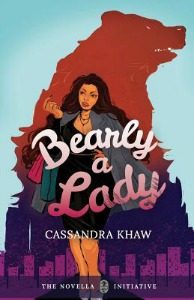
Bearly a Lady by Cassandra Khaw
I will admit, I was sold immediately when I heard “bisexual werebear novella.” The book opens with Zelda irritated that her transformation into a bear is continually destroying her wardrobe. She works for a fashion magazine, so she doesn’t take this lightly.
This is such a fun, light read. It’s quippy and snarky and smart. Because this barely (ha) breaks 100 pages, it keeps everything moving at a brisk pace, even if it is mostly romantic entanglements. Speaking of romance, the romance is mostly m/f. Zelda has several male love interests and one female love interest, but like Kushiel’s Dart, I would say that although the f/f pairing gets less “page time,” it has the most significance.
Check out my full review here.
Fire Logic by Laurie J. Marks
In the high fantasy vein, I really enjoyed Fire Logic by Laurie J. Marks. (Although this is another series I’ve started but not finished, that says more about my flaws than the books’.) This is set in a world without homophobia—so if you ever want to escape into a queernorm world, fantasy is your genre. This is travelling/quest story, which I always enjoy, and although I was overwhelmed by being thrown into the complex world in the beginning, I quickly got my bearing. (Also, I love these new covers.)
Check out my full review here.
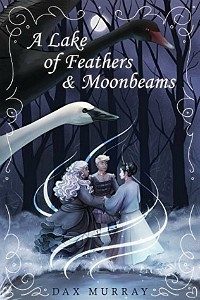
A Lake of Feathers and Moonbeams by Dax Murray
A Lake of Feathers and Moonbeams is a queer Swan Lake retelling, and honestly, it just had to live up to that premise to win me over. Add to that the beautiful cover and the promise of a positive polyamorous relationship (f/f/nb), and I was sold. I was impressed to find that not only did this satisfy those queer fairy tale cravings, it went beyond that to create an engaging and emotionally compelling story in its own right. I loved this queer-positive fairy tale world, but I was pleasantly surprised to find that was only the backdrop for a subtle story about trust, betrayal, and new possibilities.
Check out my full review here.
Everfair by Nisi Shawl
Everfair by Nisi Shawl was a book I picked up without knowing it had queer content, so I was pleasantly surprised to found out this steampunk alternate history of the Congo also has several sapphic main characters!
Everfair is a complex, thought-provoking read covering a lot of different perspectives on topics like war, colonialism, love, betrayal, and race. There is a ton packed into this, so prepare to settle in and really give it your full attention.
Check out my full review here.
The Dawnhounds (Against the Quiet #1) by Sascha Stronach
This is a queer, Maori-inspired, pirate, biopunk fantasy with worldbuilding so intense that I will be honest, I often was not following it. It takes place mid-war, during a tense stalemate, in a city that’s bio-engineered plants to be buildings, weapons, and almost everything else.
Yat was once a street kid, then a cop, but being caught at a gay bar has left her barely hanging onto her job—and then barely clinging onto her life. I will say there’s a queer pirate found family element here, but it doesn’t come in until about halfway through the book.
I highly recommend reading this one and letting it wash over you, not getting too bogged down in the details. I might not have understood it all, but I am absolutely here for where the series goes next.
Check out my full review here.
The Chosen and the Beautiful by Nghi Vo
This is a queer Vietnamese American The Great Gatsby retelling, which is all I needed to know to pick it up. Jordan is a fascinating main character. She’s adopted from Vietnam and was raised in a wealthy family. She has plenty of love affairs with men and women, and she frequents a gay bar. In this version of the story, Nick and Gatsby have their own romantic relationship, which makes the love triangle (or square or pentagon) between Daisy, Tom, Gatsby (and Nick and Jordan) even more fraught. The fantasy elements are mostly in the background, but they make this world even more enticing. This is a beautiful, absorbing story with an overwhelming atmosphere of magic, indulgence, and tragedy—this time with queer and Asian American angles that add depth to the story.
Check out my full review here.

Buffalo is the New Buffalo by Chelsea Vowel
This is a collection of Métis futurism stories that rejects the concept that “education is the new buffalo” and instead imagines how Métis worldviews have survived colonialism in the past and present, and how they can influence the future. One of my favourite things about this collection is that the stories include footnotes and are each followed by an essay explaining Vowell’s thought process behind them. Four of the stories have sapphic main characters, including one where a queer Indigenous feminist collective co-parent a kid together. This was such a thoughtful collection, and I’m eagerly anticipating whatever Chelsea Vowel writes next.
Check out my full review here.
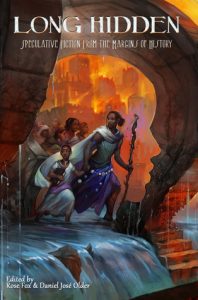
Long Hidden: Speculative Fiction from the Margins of History edited by Rose Fox and Daniel José Older
This is an anthology that isn’t all queer women content, but although there are only two f/f stories, the quality of them makes up for it. Long Hidden: Speculative Fiction from the Margins of History edited by Rose Fox and Daniel José Older takes place between 1400-1900, mostly in North America and Europe, and is mostly made up of fantasy stories. It also includes beautiful illustrations. I really liked these, but I wish we had even more–especially in different time periods and geographical areas. Sequel, please!
Check out my full review here.
Young Adult Fantasy:

Girls Made of Snow and Glass by Melissa Bashardoust
This is a fairy tale about misogyny. About the men who pit women against each other, and force them into limited roles. And the relationships that form between these women regardless. The love that they share even when told they should they should hate each other. The revolutionary power of love and forgiveness to break apart these narratives and allow for a new beginning. Ostensibly, this is a retelling of Snow White, but while it uses touchstones from that story, it isn’t restricted by it.
I loved that Girls Made of Snow and Glass took this fairy tale trope of the “Evil Queen”/”Evil Stepmother” and did a deep dive into imagining what could lead someone to feel like that was their only option. This is primarily about the complex relationship between Mina and her stepmother Lynet, but there is also an f/f romance that complements the narrative.
Check out my full review here.
The Lost Coast by A. R. Capetta
I knew from the time that I heard about a YA novel featuring queer witches among the California redwood forests, I was hooked. To have six queer witches that celebrate their identities is—I hesitate to say—magical to read about. The group includes a grey ace nonbinary character, a Black bisexual character, a main character who identifies as queer, a character with synesthesia, a character with a limp, and a Filipino character. These characters discuss their labels and identities freely and without shame. This book includes a character casually using the phrase “femme as fuck.” Not only that, but Danny is a queer teenage girl who enjoys her sexuality. Kissing is her favourite thing to do, and she usually kisses girls.
Please pick up this story of chosen family and finding your own magic, and spread the word, because I know so many readers have been waiting for a story just like this.
Check out my full review here.
Labyrinth Lost by Zoraida Córdova
Labyrinth Lost is about Alex, a Brooklyn bruja who resents her own powers. She believes that magic has done nothing but harm her and her family, and she longs to be free of it. The magical system is inspired by multiple Latin American and Afro-Cuban cultures and beliefs. Although the book begins in our world, the majority is set in Los Lagos, an in-between world of gods and powerful, unearthly creatures.
Although the word “bisexual” isn’t used in the text, Alex finds herself pulled between two people: the brooding brujo she finds herself allied with, and her bubbly best friend, who is her constant source of light. (This is also an interracial romance between two girls of colour.)
Check out my full review here.
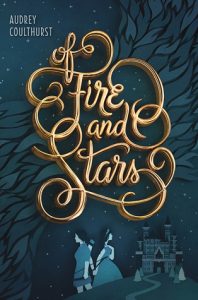
Of Fire and Stars and Of Ice and Shadows by Audrey Coulthurst
This is the queer YA fantasy I’ve always dreamed of. It’s about two princesses who fall in love, but it’s also about court intrigue, betrayal, suppressed magical powers, and horses. It also is set in a world where same-sex relationships are not looked down on: the scandal is that one of the girls is betrothed to the other’s brother.
As much as I loved the first book, the sequel is even better: the story is compelling and the relationships deepen. I unabashedly fell in love with this duology, and I’m so glad that it exists for queer teen girls now.
Check out my full reviews of Of Fire and Stars and Of Ice and Shadows.
Dreadnought and Sovereign by April Daniels
This is a trans lesbian superhero YA—but don’t expect it to be an escapist romp. This is a book that deals directly with intense transphobia (especially transmisogyny) and abuse.
Danny has enough on her plate just trying to survive her abusive household while being a closeted trans teenage girl, when getting caught in a superhero fight means that the hero Dreadnought passes on his powers to her as he dies. Being a superhero doesn’t mean that she escapes the problems she had before, though. Although she relishes being in a body that other people recognize as her gender, being a cape comes with risks—and the superhero community has its own transmisogynistic assholes. This isn’t escapist utopian fun: it’s battling bigotry armed with superpowers.
Check out my review of Dreadnought and the sequel, Sovereign.
Hocus Pocus and The All-New Sequel by A. W. Jantha
I am still shocked that this exists! A Disney book, a sequel to a beloved movie, that has a lesbian main character. The first half of the book is a novelization of the original movie, which you can skip. But all sequel is just what you’d expect from a Hocus Pocus sequel, but with added adorable lesbian crushes. I really don’t know how else to describe this except as a Hocus Pocus sequel with a lesbian main character. If that doesn’t sell you on it, what will? I dearly hope that is made into a movie (though I doubt it will be), because my childhood self would be so happy to see it. I was very disappointed to find out the Hocus Pocus sequel that just came out didn’t follow these plot.
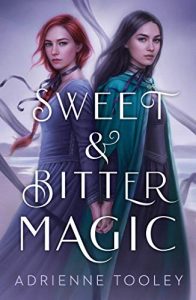
Sweet & Bitter Magic by Adrienne Tooley
Tamsin is a 17-year-old witch who was banished from her community of witches when she was 12, for committing the worse of magical crimes. Worse, she was cursed, and now she can’t feel love unless she takes it from others. Without love, she can’t see colors, taste food, or feel warmth. Wren is a source: someone made of magic, but who can’t use it herself. She would be an incredible boon for witches, but she’s kept herself hidden to stay safe. When a magical plague ravages the queendom (including Wren’s father), they team up to try to stop it.
This is a high fantasy story with big, world-ending stakes–but more importantly, it’s a slow burn sapphic romance. Tamsin and Wren have a perfect grumpy/sunshine dynamic. This is also a queernorm world, so there’s no homophobia!
Check out my full review here.
Those are some of my favourites! Looking for more? Check out the Lesbrary’s fantasy tag!
An earlier version of this post ran on Book Riot.

